A few years ago, television received a fresh breath with the arrival of a series that would break all the schemes: Black Mirror. This fascinating television composition adopted a unique anthology format, introducing us to a completely different world in each episode with a specific theme: how technology can affect our lives in unimaginable ways.
From its inception, Black Mirror captivated viewers with its innovative and provocative approach. Its episodes, in the style of the legendary Twilight Zone series, immerse us in narratives full of reflections on society, the future and technological advances. Some chapters come to perfection, while others, unfortunately, leave us with a bittersweet taste. However, we cannot deny that Black Mirror revolutionized television by presenting us with futuristic stories full of suspense and mystery.
Although each episode of Black Mirror is independent, there is a subtle connection between them that forms a complex chronology. This connection between the episodes has created a fervent cult following around the series, which currently has six seasons, some of which shine brighter than others (yes, we're talking about you, season 5, which was kind of forgettable). .
With the recent release of its new season, the series seems to want to return to its high point, reminding us why we fell in love with it in the first place. In light of this exciting development, we've set ourselves the task of creating an ultimate list of the best Black Mirror episodes, based on ratings from IMDb users.
But here is the crucial question: Do you think there is any chapter missing from this top? What is your favorite episode of Black Mirror? Join us on this journey through the most impactful episodes and let's discuss together the stories that have left an indelible mark on the minds of viewers.
"White Christmas" - Season 2, Episode 4 (IMDb: 9.1)
In this holiday special, Matt (Jon Hamm) and Joe (Rafe Spall) share personal stories in an isolated cabin during a snowstorm. As their stories intertwine, we discover that both are involved with consciousness manipulation technologies that have disturbing consequences. This twisted and intriguing story examines themes of loneliness, isolation, and the ethical implications of advanced technology.
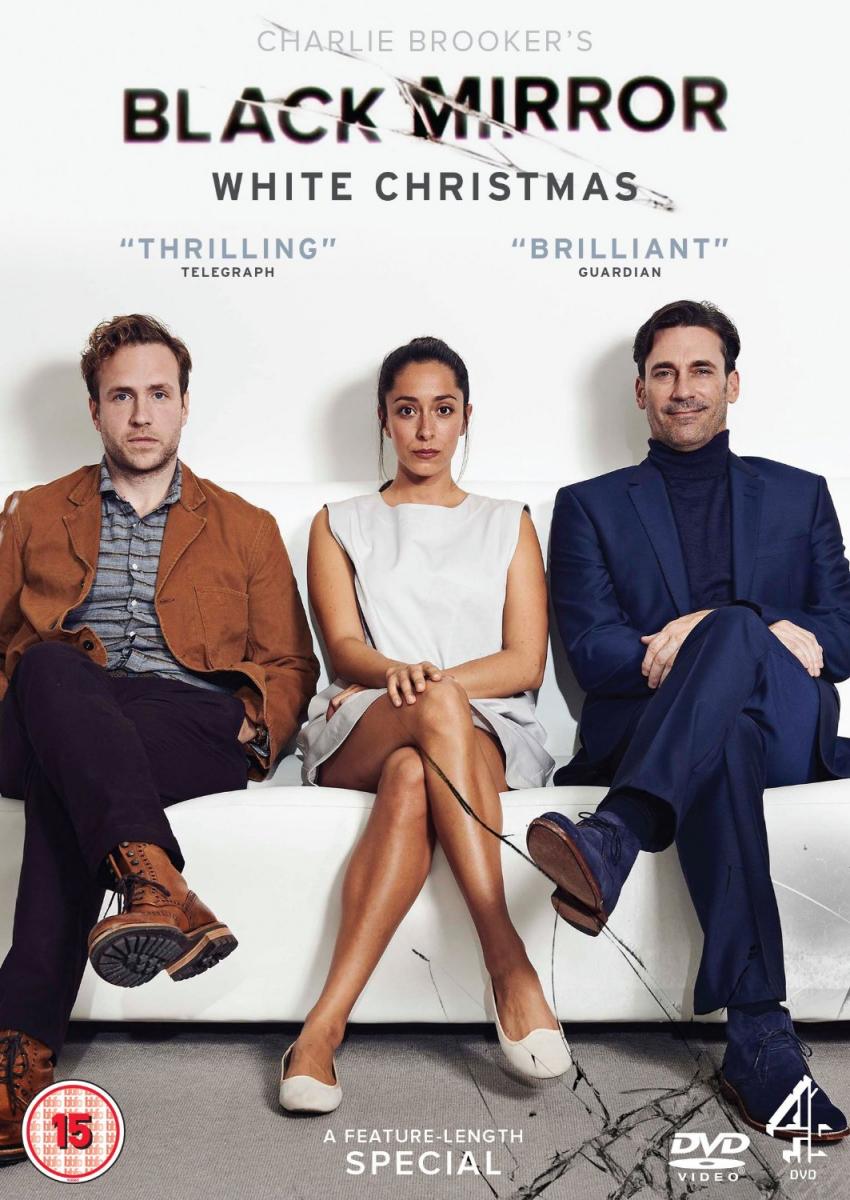
"Hang the DJ" - Season 4, Episode 4 (IMDb: 8.7)
In a future where romantic relationships are dictated by a foolproof algorithm, Frank (Joe Cole) and Amy (Georgina Campbell) meet through a controlled dating system. As they spend time together, they begin to question the validity of this system and decide to rebel against its instructions. This modern love story raises questions about the importance of human connection and the role of technology in our love lives.
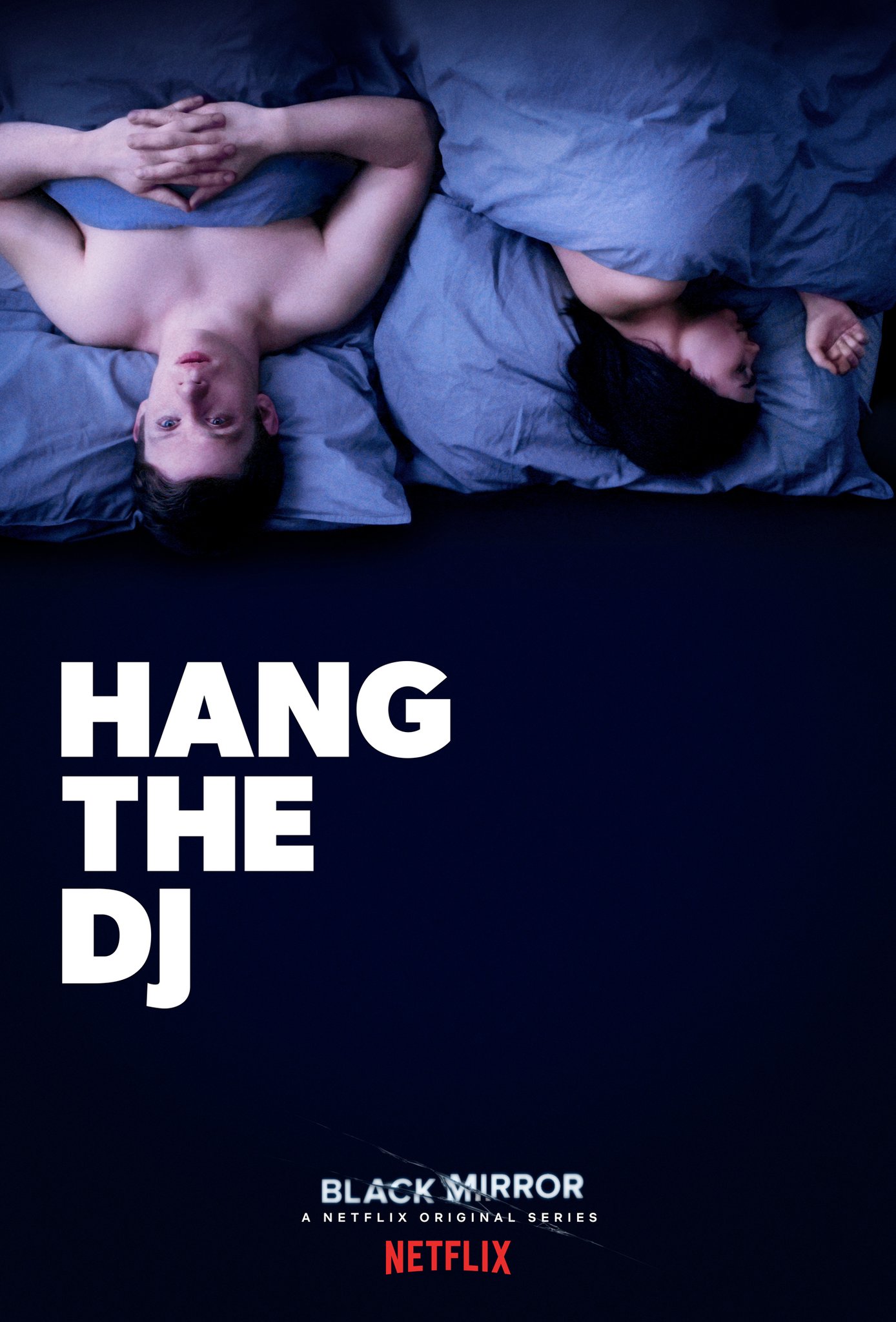
"San Junipero" - Season 3, Episode 4 (IMDb: 8.6)
In the 1980s, Yorkie (Mackenzie Davis) and Kelly (Gugu Mbatha-Raw) find themselves in a seaside town called San Junipero. As their friendship deepens, we find out that San Junipero is a virtual reality simulation where people can live forever after death. This moving and nostalgic love story explores themes of the afterlife and the choice of happiness in a digital world. Personally my favorite episode of the entire series.
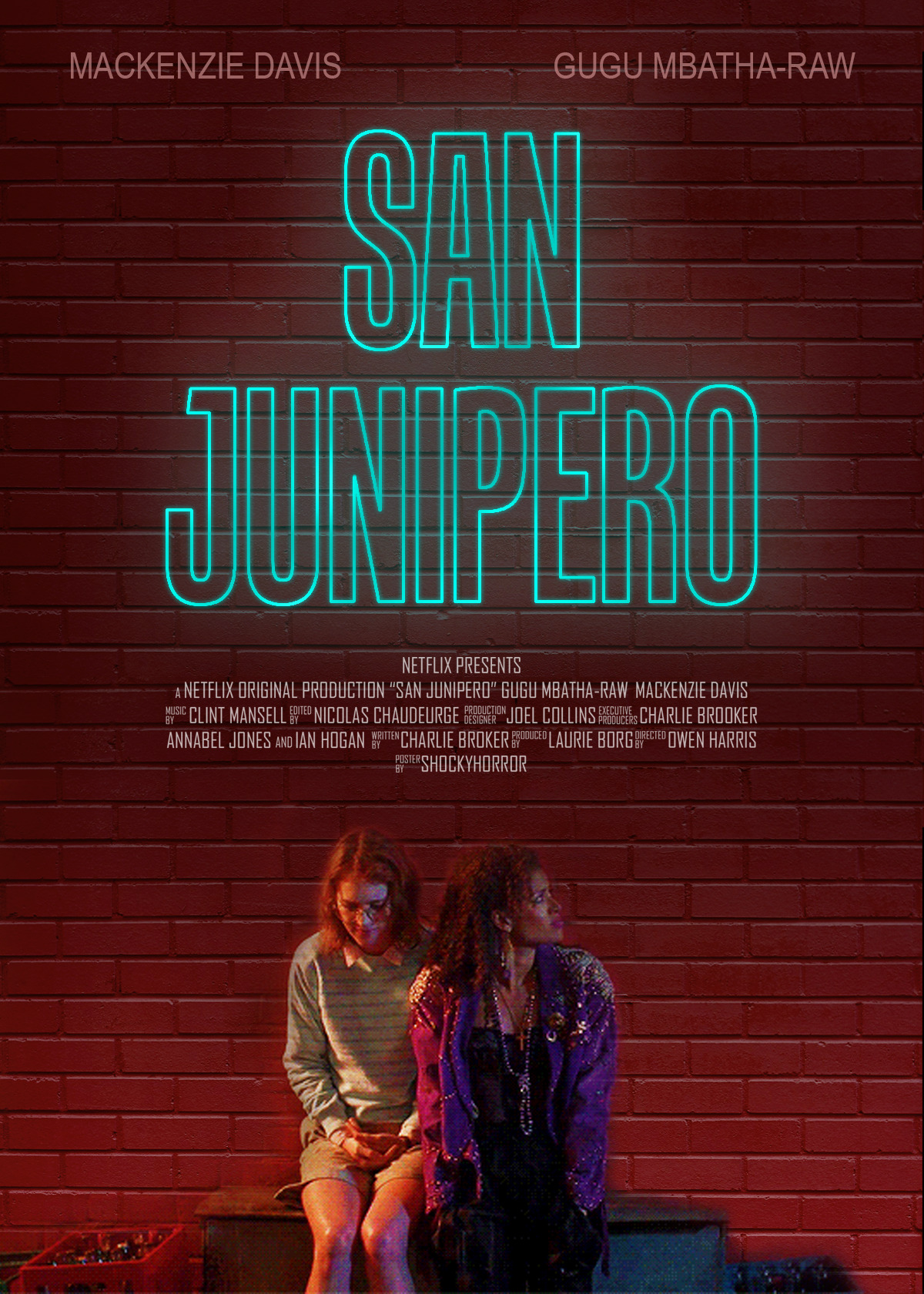
"Black Museum" - Season 4, Episode 6 (IMDb: 8.6)
Nish (Letitia Wright) visits the Black Museum, where the owner, Rolo Haynes (Douglas Hodge), displays artifacts related to past Black Mirror stories. As she explores each exhibit, as a trapped digital consciousness and extreme empathy device, Nish discovers the twisted stories and moral experiments behind them. This immersive story takes us on a journey through the darkness of technology and human nature.
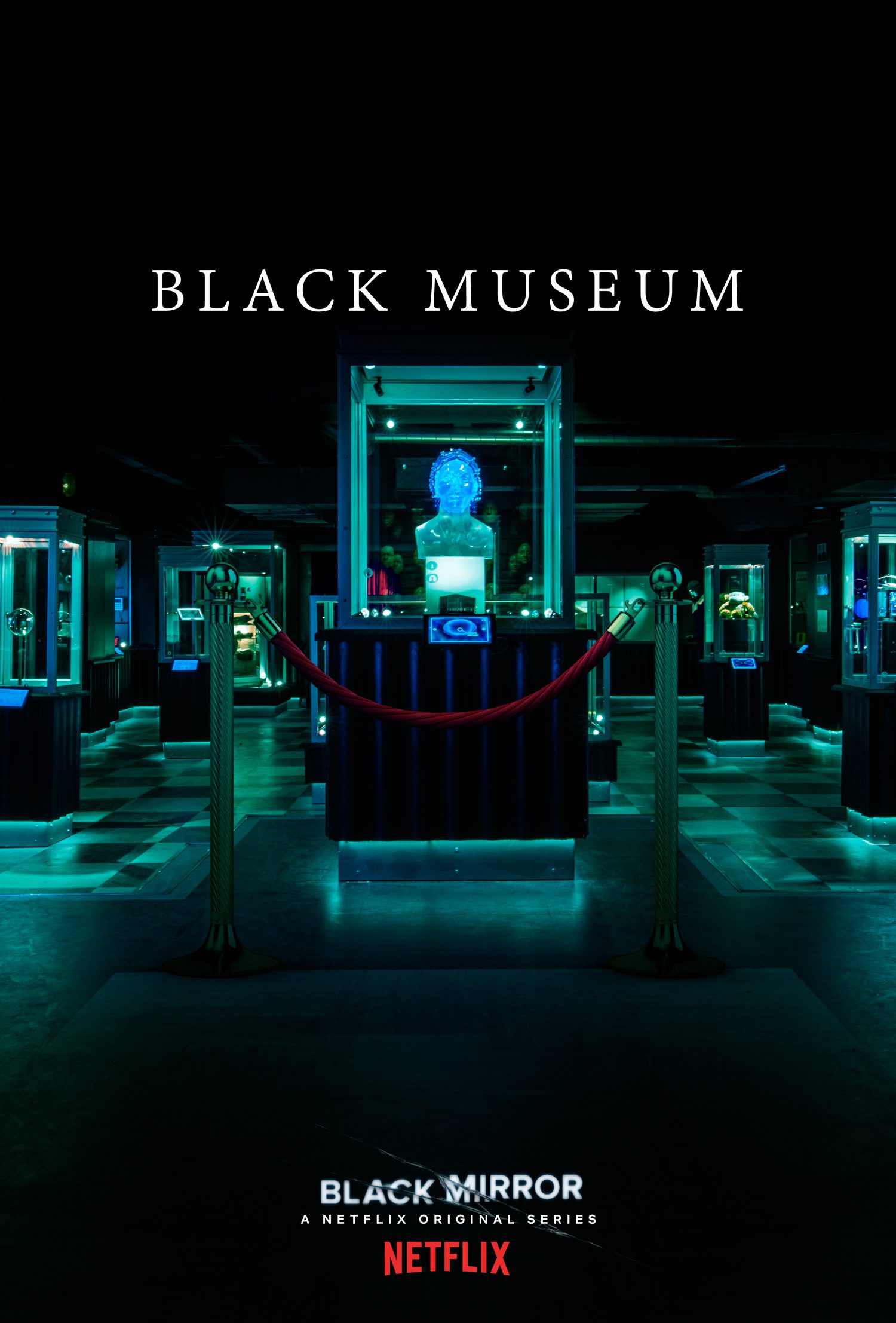
"The Entire History of You" - Season 1, Episode 3 (IMDb: 8.5)
In a world where people have memory implants that allow them to record and replay their memories, Liam (Toby Kebbell) becomes obsessed with the possible infidelity of his wife Ffion (Jodie Whittaker). As she repeatedly reviews her memories of him, suspicion and paranoia set in, leading to devastating consequences for their relationship and his own sanity. This intense and emotional story examines the dangers of obsession and lack of privacy.
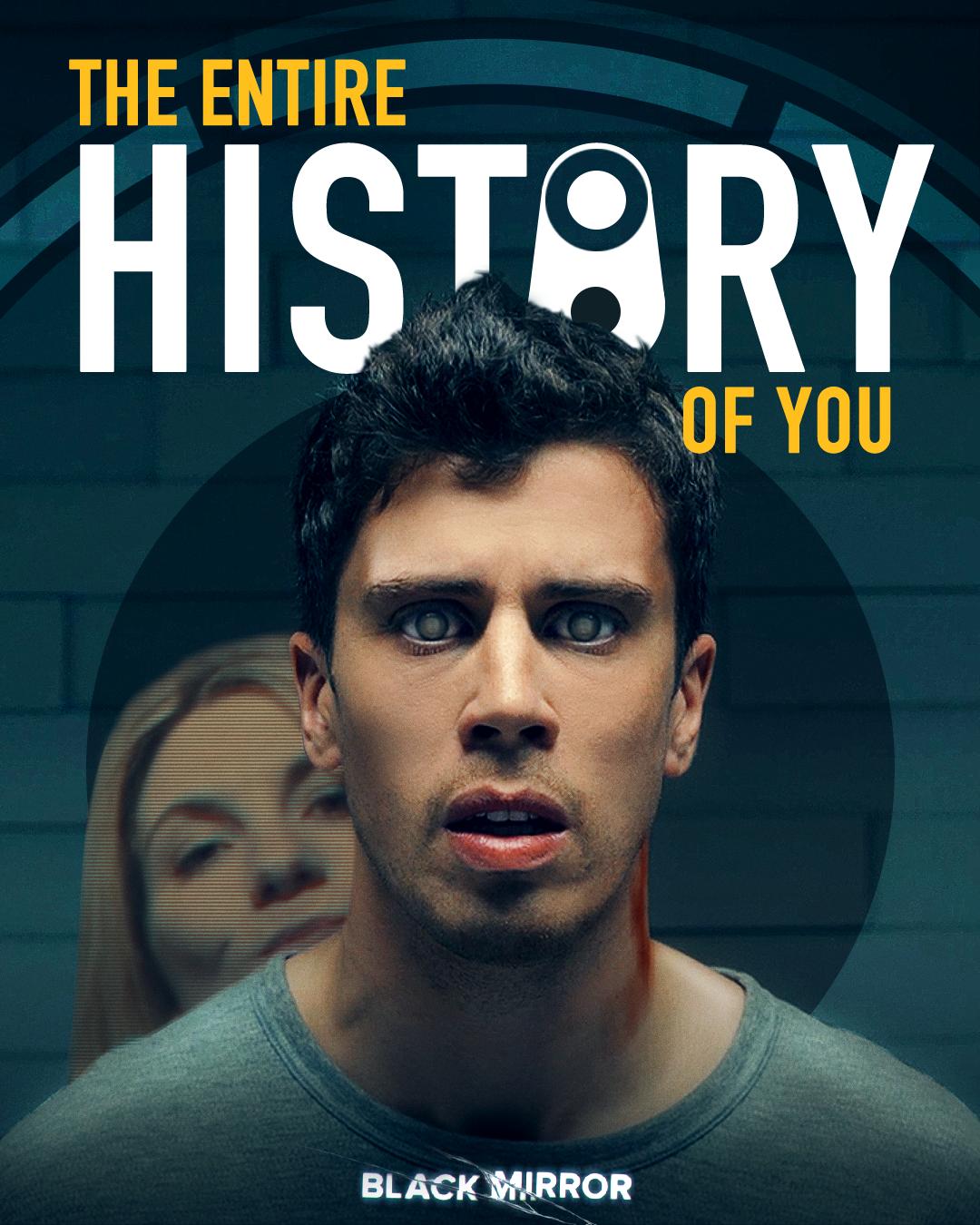
"Hated in the Nation" - Season 3, Episode 6 (IMDb: 8.5)
In the near future, robotic bees are used to pollinate and maintain the ecosystem. However, when a series of deaths is triggered by the hashtag #DeathTo, Detective Karin Parke (Kelly Macdonald) and her colleague Blue Coulson (Faye Marsay) find themselves embroiled in a dangerous investigation. This mystery and suspense story examines the dangers of social media and online bullying.

"Shut Up and Dance" - Season 3, Episode 3 (IMDb: 8.4)
Kenny (Alex Lawther), a shy teenager, is blackmailed by an anonymous hacker who has obtained compromising material from his computer camera. Forced to follow an increasingly disturbing series of instructions, Kenny finds himself caught up in a web of crime and deceit. This tense and twisted story confronts us with the vulnerability of our privacy in the digital age.
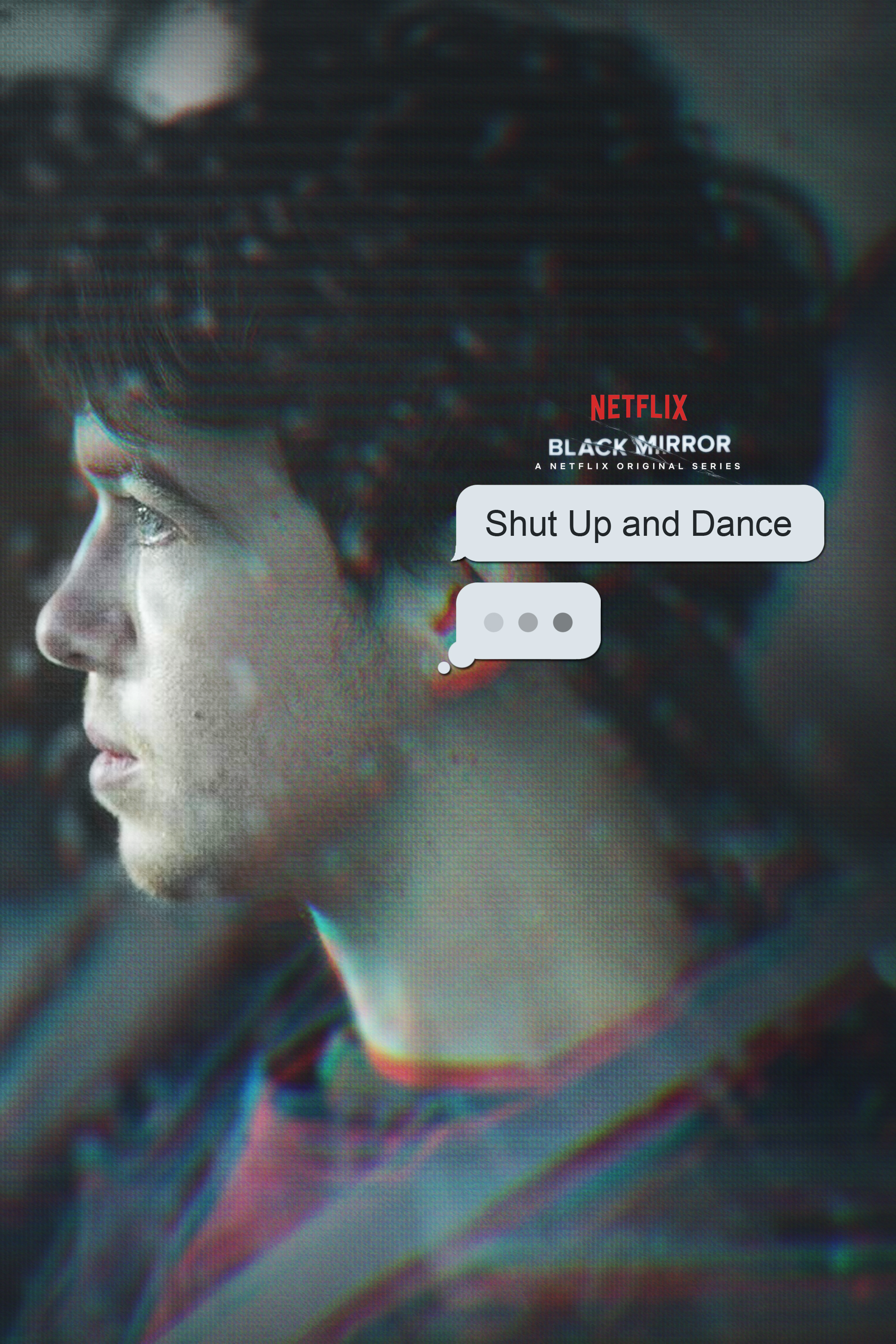
"Nosedive" - Season 3, Episode 1 (IMDb: 8.3)
In a society obsessed with social status, Lacie (Bryce Dallas Howard) desperately seeks to increase her social status for better opportunities and privileges. But as she pursues social perfection, her life falls apart and he is confronted with the falsehood and superficiality of this system. This satirical story invites us to reflect on modern society's obsession with image and social validation.

"USS Callister" - Season 4, Episode 1 (IMDb: 8.3)
Robert Daly (Jesse Plemons), a shy and outcast software engineer, creates a virtual reality simulation based on his favorite TV show, "USS Callister." In this digital world, Daly takes control and abuses the digital replicas of his coworkers. But when Nanette Cole (Cristin Milioti) is sent to this virtual dimension, she defies his authority and leads a riot. This witty, pop-culture-influenced story tackles issues of power, ethics, and the distinction between reality and pretense.
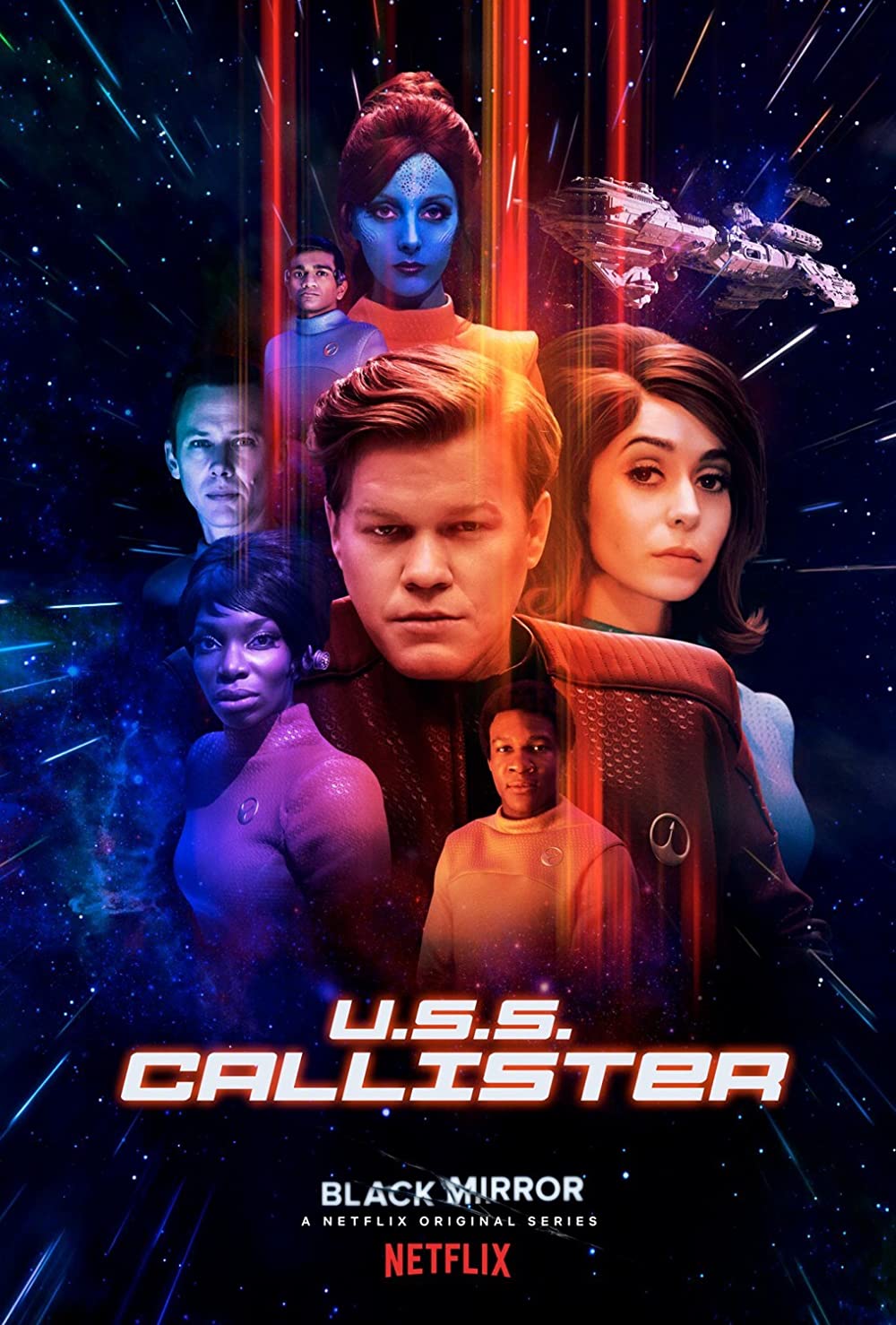
"Playtest" - Season 3, Episode 2 (IMDb: 8.1)
Cooper (Wyatt Russell), an adventurous traveler, volunteers to test an experimental augmented reality technology in a haunted house. As his experience becomes more and more terrifying, Cooper is confronted with his deepest fears and losing his grasp on reality. This psychological horror story explores the limits of perception and the unsettling nature of advanced technology.
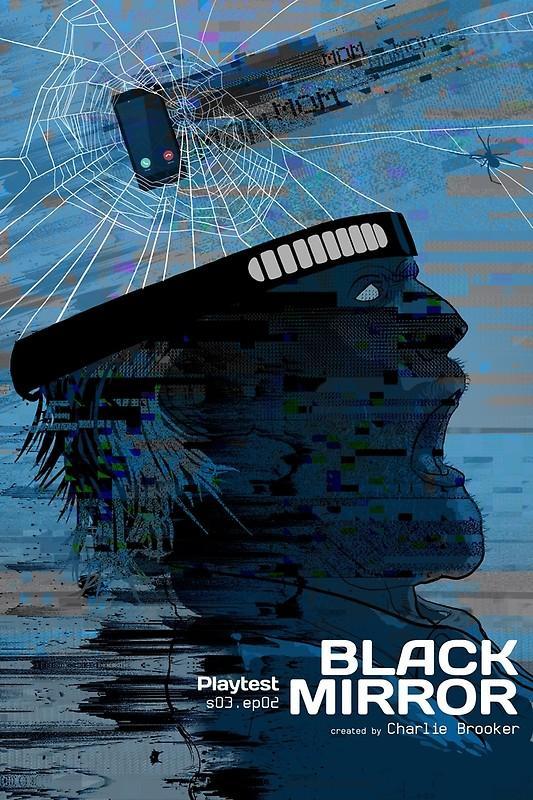
"Fifteen Million Merits" - Season 1, Episode 2 (IMDb: 8)
In a dystopian future, society is controlled by giant screens and people pedal bicycles to generate energy. Bing (Daniel Kaluuya), a disillusioned young man, crosses paths with Abi (Jessica Brown Findlay), a talented singer, and sets out to help her escape her life of servitude. This grim story with sharp social commentary criticizes society's obsession with fame and media exploitation.
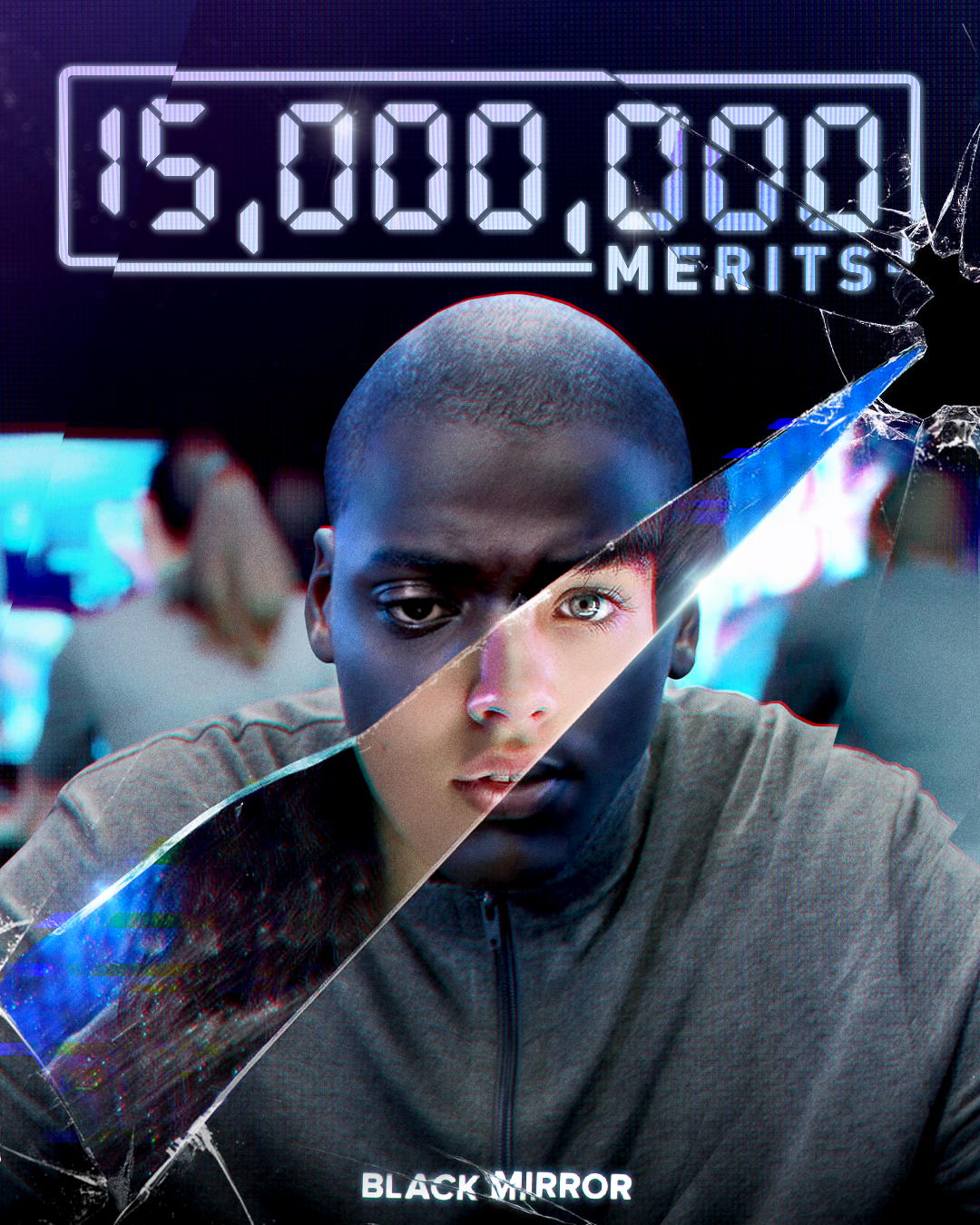
"Be Right Back" - Season 2, Episode 1 (IMDb: 8)
When Ash (Domhnall Gleeson) tragically dies, his partner Martha (Hayley Atwell) discovers a service that allows them to recreate a digital version of Ash based on his social media posts and conversations. But as the simulation becomes more and more realistic, Martha is faced with the question of whether it is possible to replace a person with a digital copy. This moving and thoughtful story explores grief and human connection in the digital age.
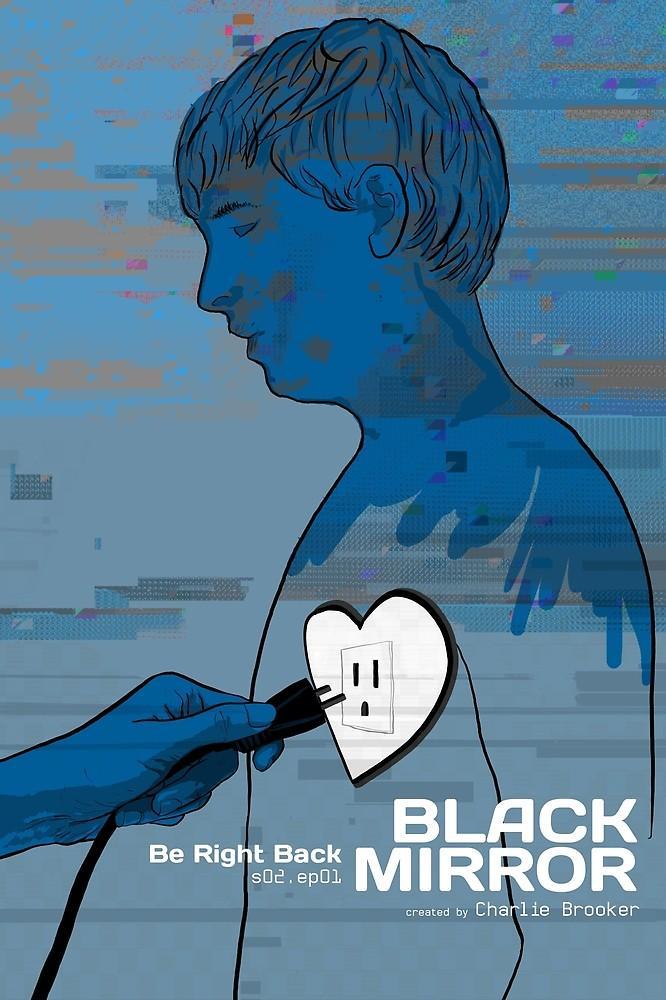
"White Bear" - Season 2, Episode 2 (IMDb: 8)
Victoria (Lenora Crichlow) wakes up with no memory in a strange environment where she is chased by strangers with cameras. As she tries to uncover the truth behind her situation, she finds herself caught in a cycle of terror and confusion. Filled with suspense and startling revelations, this story challenges our perception of the fairness and cruelty of public entertainment.
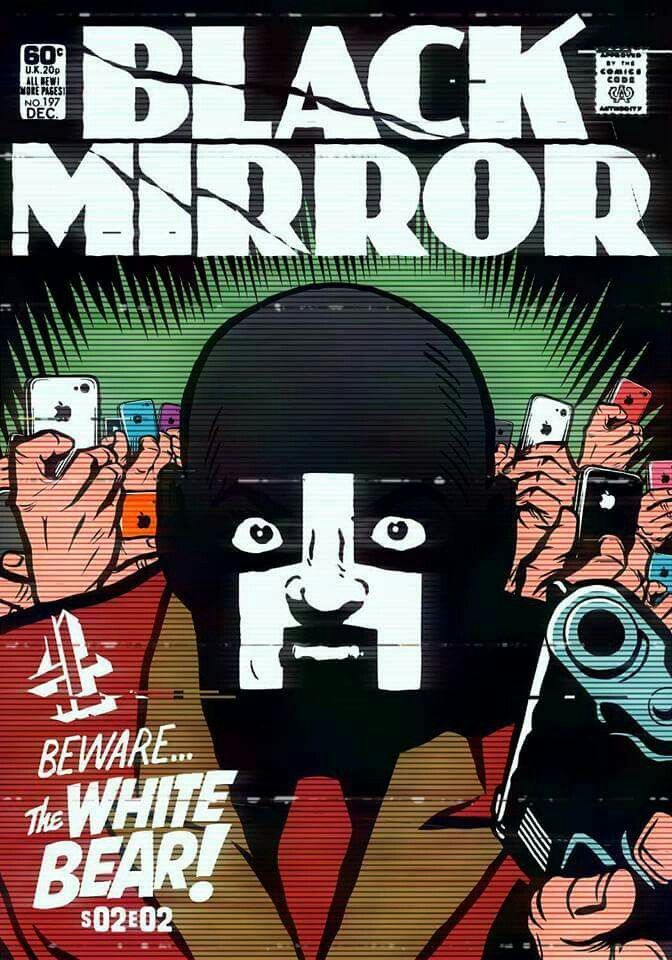
"Beyond the Sea" (Season 6, Episode 3) - IMDb 8
This episode follows two astronauts on a six-year mission in space. During this time, they visit their families through replicas that were created before they left Earth. These replicas look exactly like them and allow them to keep in touch with their families. However, when something terrible happens on Earth, unlikely relationships are formed and the ending rewrites everything you could have guessed would happen.
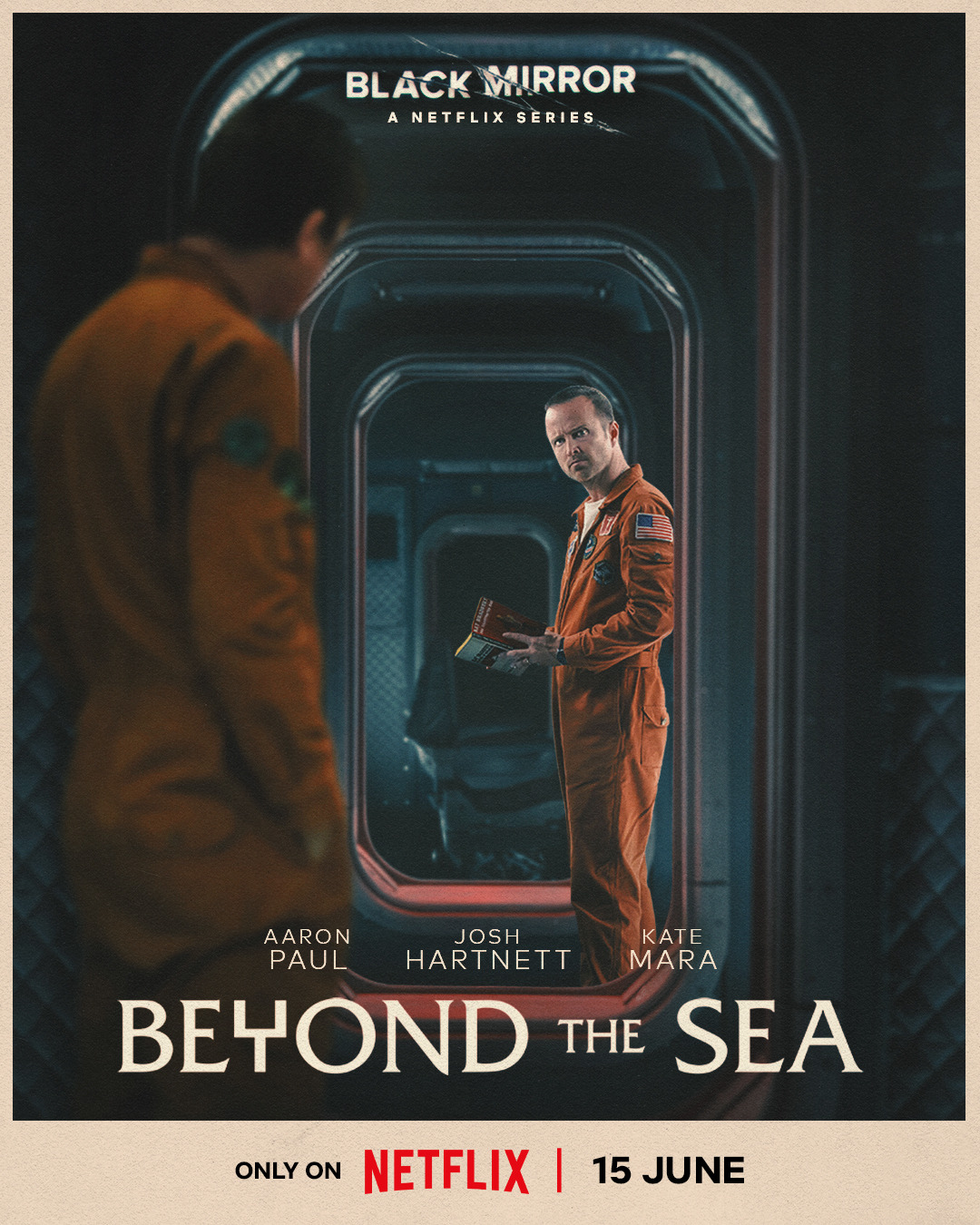
"Joan is Awful" (Season 6, Episode 1) - IMDb 7.9
We meet Joan (Annie Murphy), a middle manager at a modern-tech company who has no qualms about unceremoniously firing employees and hiding from her wrath behind acolytes. Her life is turned upside down when she and Krish sit on the couch browsing Streamberry (a streaming service similar to Netflix) and discover a new series titled "Joan Is Awful," in which Salma Hayek stars as Joan in a reimagining of your day, including your meeting with Mac 2.
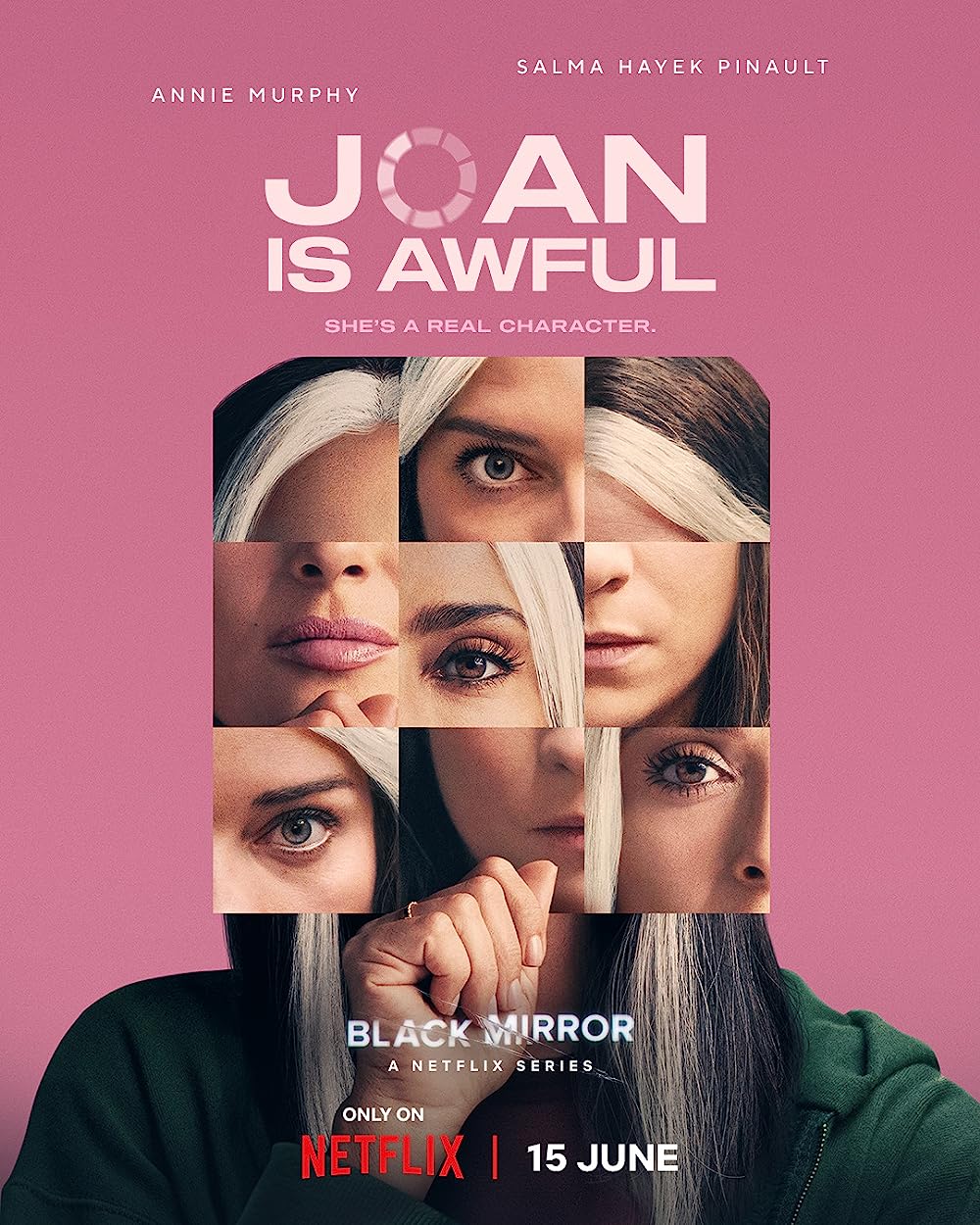
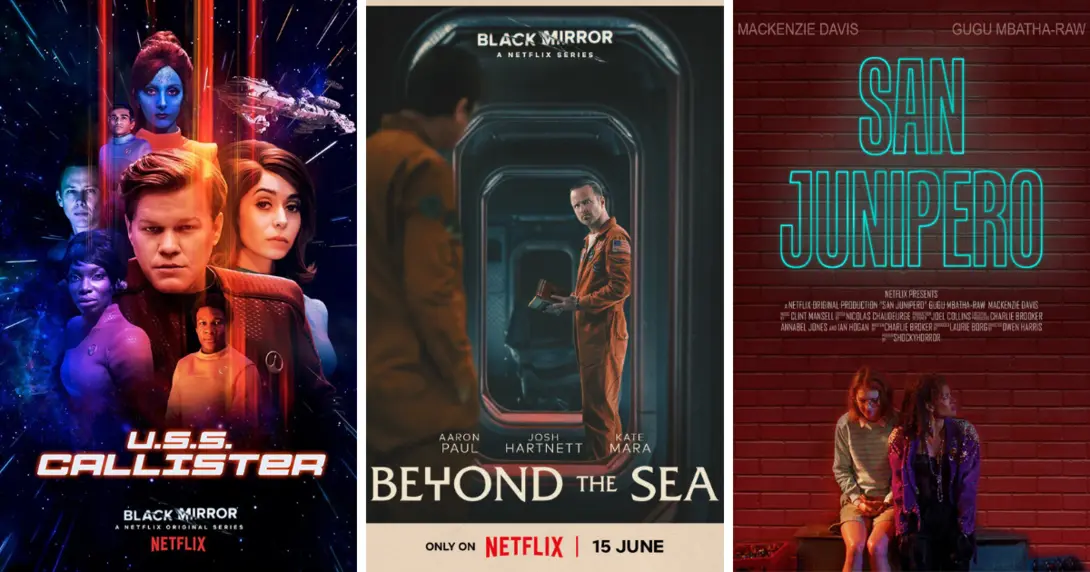

Comentarios